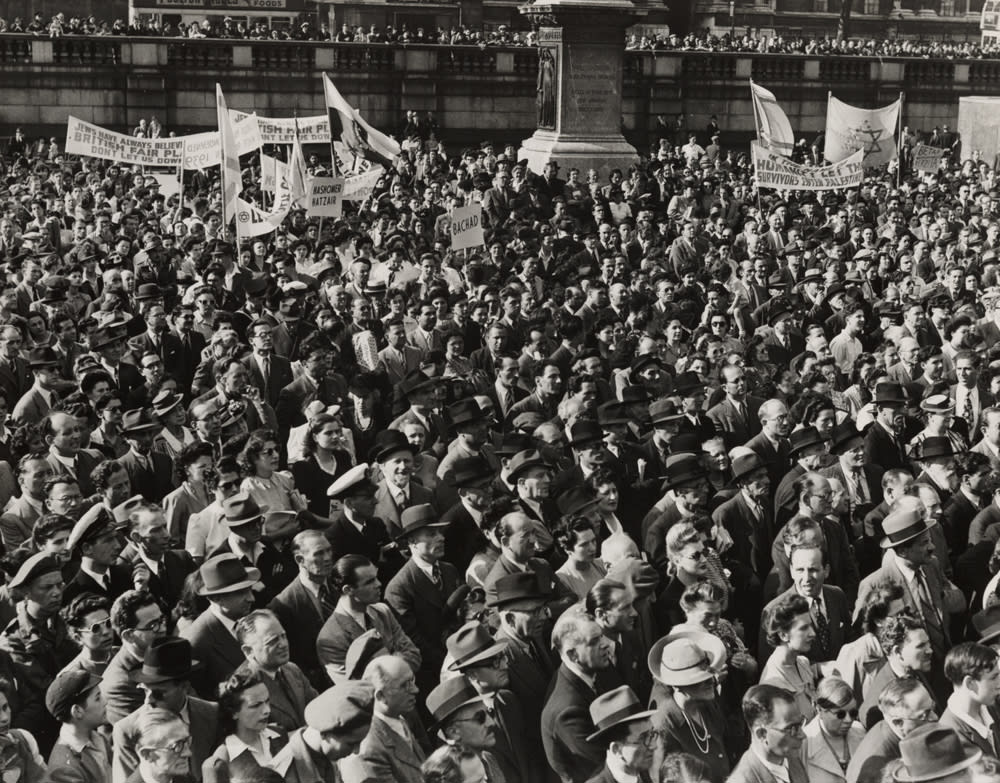A Lesson For the Children – Rabbi Moshe Tzvi Neria was the Rosh Yeshiva of Kefar Haroeh and the head of all the Bnei Akiva Yeshivot. His practice was to allow the students to go wild in a controlled way during the month of Adar, but to channel the energy to a good purpose. He made sure that the students did not exaggerate, and he was of course careful that nobody would be hurt in any way.
When I was in the twelfth grade in Kefar Haroeh, an attempt was made (as in other yeshivot) to save money on the cost of meat, which was very expensive at the time. One of the proposals was to make greater use of soy substitute. Soy frankfurters and fried cutlets, which taste good (and are relatively expensive), had not yet been invented, and instead many different types of ground soy patties were made. Most of the students did not like the new products. In spite of this, the kitchen served the soy paties quite often, in order to keep expenses low. What could the students do about this?
Usually during Adar we were quite frivolous and ran wild, and the atmosphere in the yeshiva allowed us to do things that would have been forbidden during the rest of the year. As Adar approached, one of the students proposed the following: we should hold demonstrations in order to “fight” against the use of soy products. We knew that we had little chance of success, but at least for the humorous value, we could try. Some of the students feared that the Rosh Yeshiva would be angry about such a demonstration and would prevent it. We all knew how he detested waste and not showing proper respect for food, and we were sure that he would not like the idea at all. In spite of our fears, the votes of the instigators were a majority, and it was decided that during the month of Adar we would demonstrate against the soy products.
We hung a sign on the door of the dining room, “The Soy Palace.” The “struggle” was fought by various means: signs, demonstrations, rhythmic shouting of slogans, and so on. At one point, Rabbi Neria approached me, and with the appearance of a pained educator, said to me, “Rafi, I am very surprised at all of you.” In my innocence, I feared that the ax was about to fall, that the wary students had been right, and now we were about to be punished for our bad initiative. No doubt, he wanted to lecture us about not showing respect for food, and about such matters as showing appreciating for good things, and so on. I was almost ready to give up the entire idea of the demonstrations.
But that was not the point at all. The rabbi continued in a very surprised voice: “How do you begin a struggle without a theme song?” And he smiled broadly, took out pen and paper, and sat down to write a song for us. When he was finished, he asked for quiet, stood at the center of the dining room, and began to sing:
“Woe to us, woe to us / To the Soy Palace all / For we all hungry!
Let`s strike / And eat less / Until the failure is rectified!”
He repeated the song again and again until we all learned it well, and we indeed used it as the theme song of our struggle. And we learned that the rabbi not only did not stand in the way of the students, but that he understood our feelings and was ready to participate in our games and protests.
Purim came and went. The demonstrations were over, the signs were removed, and we returned to our regular routine. But very soon we found that our struggle had indeed succeeded, and for a very long time we were not given any soy food. No doubt this was not easy for the budget of the yeshiva, but our will was accepted in this matter.
Thus, Rabbi Neria was a willing partner in the desires of his students and showed that he understood them. This is the way he was all year round, of course, but it was most clearly visible during the month of Adar and at the time of Purim.
(Source: Rafi Kaplan, in the book, “Me’orot Neria”)
Reprinted with permission from Zomet Institute (www.zomet.org.il).
The words of this author reflect his/her own opinions and do not necessarily represent the official position of the Orthodox Union.



